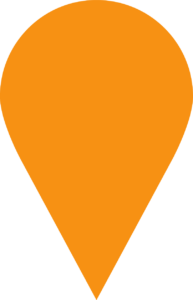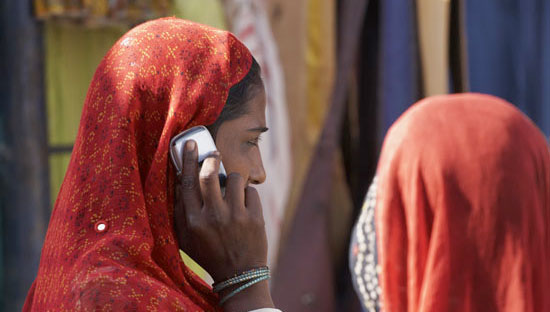Grameen Foundation |  San Francisco, CA
San Francisco, CA
Objectives
- Find out what information farmers want and when they want it, in anticipation of having better information available in the future.
- Figure out how to measure the performance of CKWs. What method works better? More visits or more searches per visit?
- Determine whether CKWs are more effective when they have a bike handy and can cover more turf.
- Identify the best CKWs by analyzing the changes in their performance—number of visits, number of searches—over a period of time, looking for trends.
Findings
- The seasonal information needs of Ugandan farmers could be anticipated based on prior experience.
- There isn’t always a direct correlation between the number of visits a CKW makes and the number of searches he or she does.
- Some CKWs will start “good” (lots of visits and searches) but then fade as time goes on. Others will start “bad” and improve over time.
- Of course, that’s a purely quantitative evaluation, and the number of searches doesn’t necessarily correlate to a “good” CKW. Most critical is for CKWs to be there for farmers when the farmers most ne
- The bikes had little appreciable impact on CKW performance.
- The mobile capture of data allows Grameen to monitor and tweak the program remotely—and act quickly on the results.
Question
Grameen Foundation is truly an amazing organization, committed to helping some of the world’s poorest people by empowering them through new income-enhancing opportunities. Several years ago, they wanted to transform the lives of Ugandan subsistence farmers—people who pretty much survive on what they can grow.
A slight change in weather, market prices of certain crops, or the health of livestock can have a devastating impact on farmers’ ability to keep their family from going hungry. So Grameen recruited a team of Community Knowledge Workers whose mission was to feed these farmers—through mobile devices—vital information that could help them make the best decisions about their farm and future.
But Grameen had a hard time evaluating and fine-tuning the program. They wanted to know: What makes a good CKW? Could certain tools—like bicycles—improve their effectiveness and expand their reach? And what information did farmers really want, and when?
What Happened
Grameen solutioneer Emily Tucker came to our San Francisco DataDive in November 2011. She brought with her a virtual trunkload of data—the beauty of this project is its reliance on mobile devices, which not only deliver valuable information to famers but also create a record of every single digital interaction between farmer and CKW, including:
- Every single search term
- The date and time of each search
- Through GPS, the exact location of each interaction
This kind of data is enormously powerful in the right hands, and can be used to evaluate the effectiveness of CKW performance, the tools they might have at their disposal (access to a bike for CKWs), and the information that is fundamental to the farmers’ livelihood, via the search terms.
What’s Next
Grameen learned that more data leads to better questions that will ultimately help them decide what factors make a CKW effective. For example, they ultimately shut down the bike program based on what they learned at the DataDive.
Epilogue
We think it’s safe to say that the partnership between DataKind and Grameen was a smashing success. Grameen learned to love data so much they hired their own data scientist. Nothing could warm the cockles of our data hearts like that.



